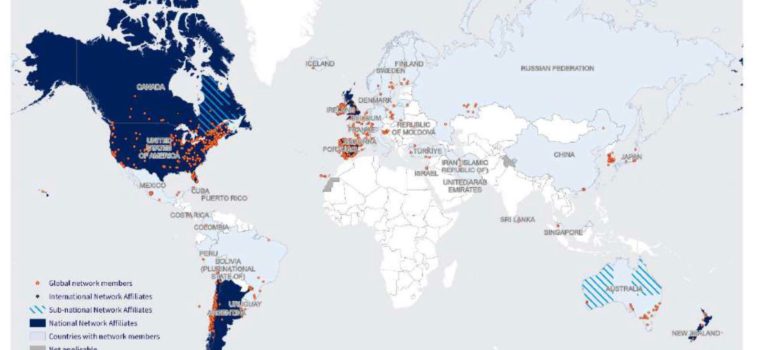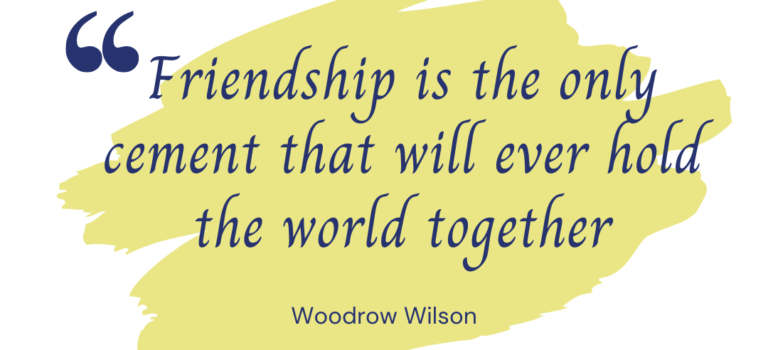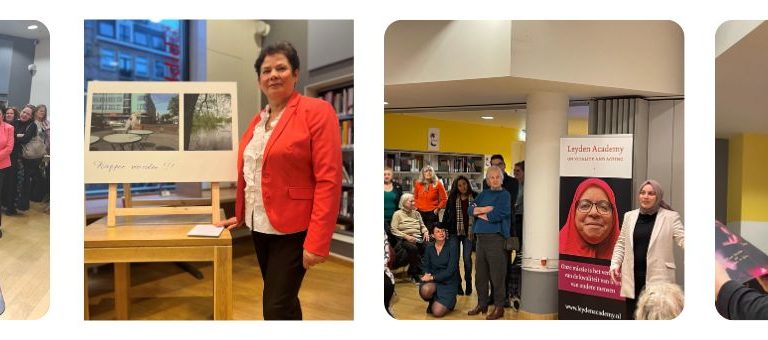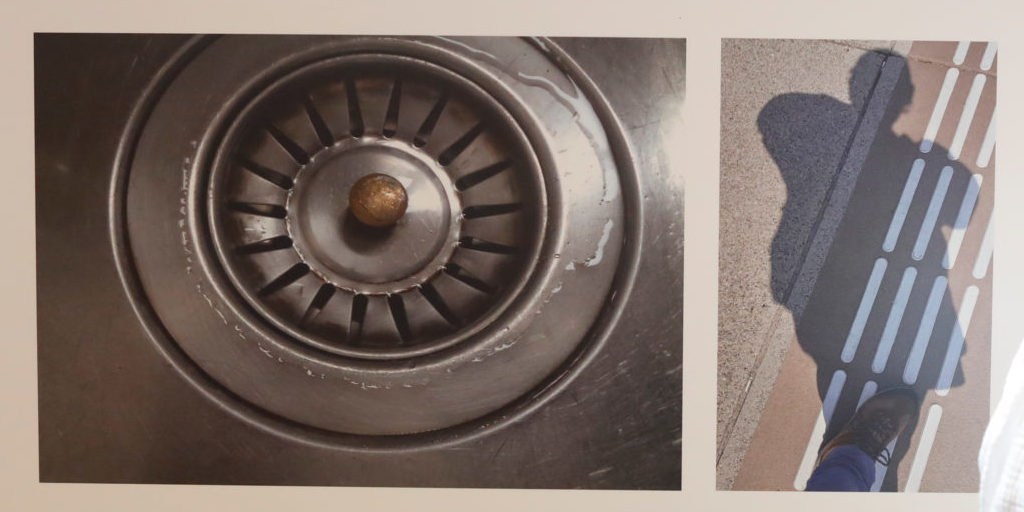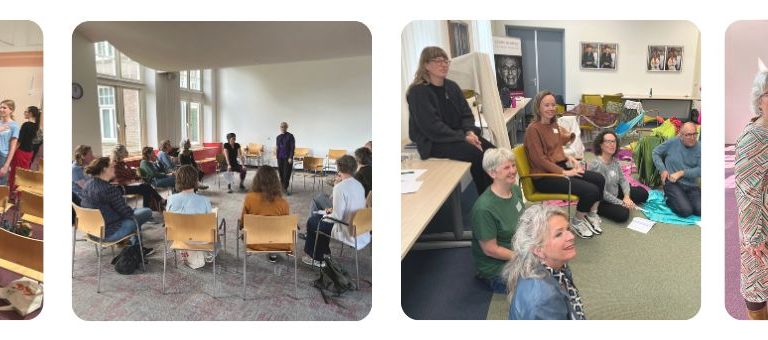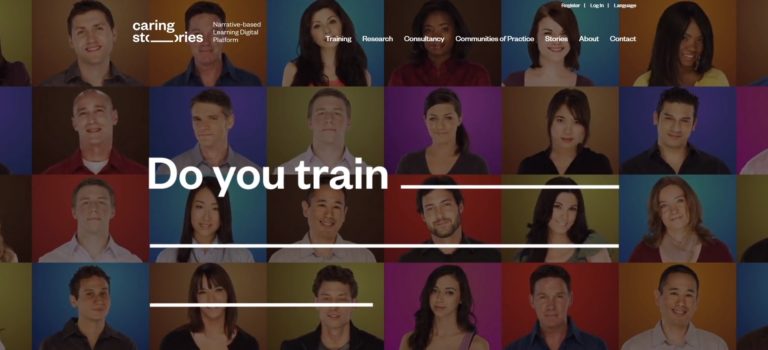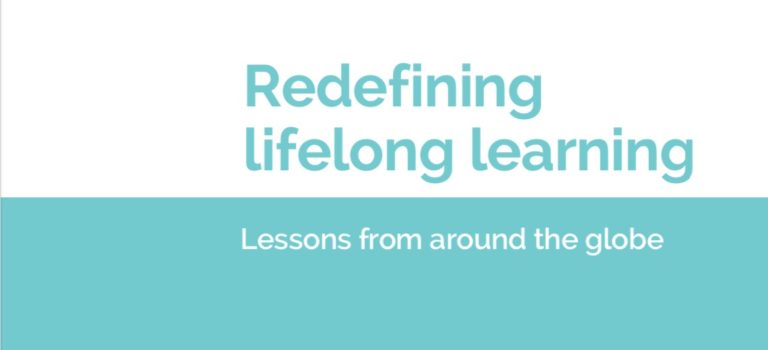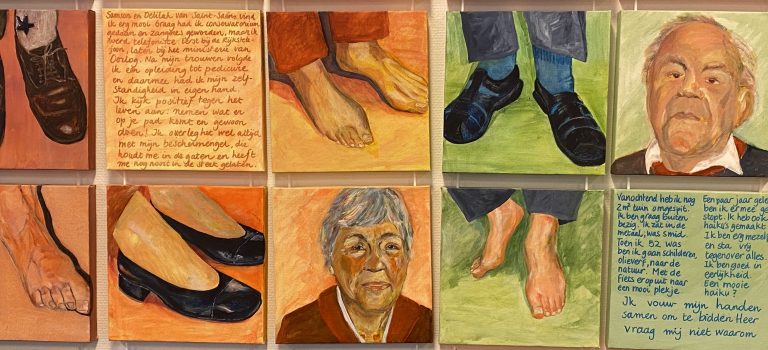Contact is something special. Really in contact with another person, with yourself, with your work, with your environment… then you know you’re alive. Real contact is also rare, especially in places where work pressure is high and the need for it is so strong. In healthcare, for example.
The importance of contact
Reasons enough for our healthcare aesthetic workshop, led by Tom Maassen, to organise a two-day Arts & Health event around contact. We organised this third year of Arts & Health together with The Care Lab at The University of Manchester, led by James Thompson, author of the book Care Aesthetics (2022). On Thursday 30 and Friday 31 May, about eighty participants looked for ways to strengthen contact in healthcare through dance, song, theatre, meditation, visual arts, rituals, stories, and conversation. Surprise and recognition, pleasure and sadness, at a distance and very close. It became clear how aesthetics and care are connected, and how powerful the connection between care and art can be. Present were healthcare professionals, healthcare managers, elderly people, artists, and researchers. It was precisely this diversity in backgrounds that made this event a great success. A lot of energy and creativity was unleashed during the dozens of sessions. To give you a little insight, we will explain the content and experience of some sessions.
“There is momentum in society to really highlight the aesthetic dimension of care. We can make the attention to this more sustainable through research, education and organizing these types of experience-oriented events. I am convinced that this will lead to better care.” – Tom Maasen, philosopher, and researcher
The miraculous journey of Fi
By Marjolein Baars and Doris Hochscheid
This beautiful performance was a penetrating and at times comic struggle of an elderly woman. Fi’s journey is about being stuck, (informal) care, surrender and acceptance of the situation you are in. It’s a messy search, as life can be, for ways to reinvent yourself. The audience also enjoyed Doris Hochscheid’s striking cello playing, in an ingenious constantly changing decor, with windows that opened and closed, a moving tram, a street, beach, birds. The message was as confrontational as it was hopeful: your grip on circumstances may be very limited, but you can control your attitude towards them.
Rituals for loss
By Ruchama Kramer and Marijn Graven
How do you give shape to farewell and loss? How do you convert fear and uncertainty into hope and desire? How can a farewell also be a new beginning? Ruchama Kramer and Marijn Graven guided the participants in pairs in designing a ritual for each other. A number of these rituals were performed during the session. The combination of ritual and theatre made it a very strong whole. It led to intense experiences and a strong emotional involvement of all participants.
In contact with each other
By Ester van der Geest
Ester van der Geest investigates how touch can be a relevant part of the contact between elderly people and informal caregivers. In this session, the participants learned to come into physical contact with each other, to experience what touch does to you and what it means to someone else. In healthcare we are no longer used to using and discovering this most basic form of contact, touch.
Stories of beautiful care
By James Thompson and Jenny Harris
In the United Kingdom, healthcare is always portrayed negatively, and the focus is mainly on problems such as costs and things that go wrong. But something changed during corona. People looked out for each other. This experience prompted James Thompson to focus on positive healthcare stories. It became clear that beauty is not only in appearance but also has inner characteristics. And that caring is (or can be) something beautiful. James Thompson and Jenny Harris joined the participants in looking for stories about beautiful care. It is precisely in sharing stories about the beauty of care that contact is created.
Exploratorium of the body
By Nieke Koek
In this session Nieke Koek took the participants on a walk outside. With a piece of clay in hand, they walked in pairs in search of how they felt. First in silence and later in conversation. It was not about feelings such as happiness or sadness, lonely or hunted, but about what a feeling looks like, what colour or shape it has. For example, yellow with some green and a bit grainy, or a bowl with a hole in it or with tentacles and deep cracks. While one talked, the other asked questions and in the meantime the clay was kneaded into a shape that expressed this.
Show the wood
By Tom Maassen
Tom Maassen conducted research in the care aesthetic workshop into what woodworking can tell us about care and about entering relationships. A lot of love and care goes into the wood. But what happens there? After a brief introduction, the instruction given to participants was ‘show the wood’. Participants chose lime, olive, walnut, or ebony wood. In the meantime, Tom asked questions and made short interventions. In the attempt to show the wood, you encounter both yourself and the wood in all its special features and idiosyncrasies. The participants were surprised how much they managed to really establish an exchange with the wood.
Voice and body awareness
By Chantal Goosens and Remco Hooijkaas
In this plenary session, Chantal Goosens had the audience sing together and explore in pairs how contact can be made through the voice. You don’t have to be able to sing, everyone can make a sound! Chantal invited everyone not to try to sound nice, not the way you want to sound, but just to sound the way you sound. This also includes taking risks, which is quite scary, according to one participant. It is about giving space to your body and your voice, so that you also create space for the voice of the audience. The session ended with everyone singing the beautiful ‘Dios es Amor’.
“I was very touched by it.” – Anneloes Schuppen, dance teacher
“I have never felt so safe while singing.” – Daphne Raad, researcher
Choreography of contact
By Anneloes van Schuppen
Anneloes van Schuppen knows how to find a very nice balance between ecstatic dance, choreography, and self-exploration in her sessions. In this way, various layers of contact were based on the question ‘What would you like to be in more contact with?’ During the session, participants could reflect on this question with pen and paper. From contact with yourself and with your body, they encountered someone else, with the group and with the space. Discovering new perspectives, inputs and insights about yourself and others, by doing, experiencing, and expressing. The participants worked towards a short, but moving and beautiful choreography.
“Even though it was out of my comfort zone, I experienced it as special and pleasant.” – Participant
Dance coach
By Mariëlle Peerenboom
After a conversation about challenges in making contact, the participants started to move more and more. Under Mariëlle Peerenboom’s inspiring guidance, words and movements merged more and more smoothly, towards an art of making contact.
Generation mixer (Imaginary communities)
By Lieke de Kock and Greet Meesters
Imagine an island that has never been discovered before. What can be found on that island? Who lives there? With playing and writing exercises, set construction, music, and all kinds of different art forms, the island comes to life. Young and old connected in fantasy, that is Generation Mixer. In addition to talent development, the method is about promoting the mental well-being and social skills of the participants. In this session by Lieke and Greet, the participants experienced this unique and very effective working method. First, the participants completed the sentence ‘In my imaginary world there is ……..’ in image and sound. Then everyone got to work on representing their part of the island on paper, ‘decorating’ it and bringing it to life.
Care aesthetics in Manchester
By Kate Maguire-Rosier and Réka Polonyi
Kate and Réka presented the first findings of their research Care as an aesthetic practice, from the University of Manchester and the NHS, on the assessment of dementia patients. Kate and Réka developed a framework for sensory and embodied dementia care. This framework illustrates what a healthcare aesthetic practice in a complex environment might look like. The presentation was interspersed with exercises and discussion and focused mainly on the researchers’ reflections on the process of co-production. Questions were raised such as: How was the collaboration? What tasks were involved? What are the lessons learned?
And more ………….
But there was more. Berit Lewis introduced the participants to her extensive knowledge of the effects of meditation and treated them to a few in-depth exercises. She also did a meta meditation for the entire audience, an exercise to move from compassion for yourself to compassion for the entire universe. Furthermore, the participants were introduced to the crdl of Dennis Schuivens and Jack Chen. This instrument creates musical moments of meaningful contact between people with a physical or cognitive disability and their loved ones. The event ended with a conversation between Tineke Abma, James Thompson, Tom Maassen and the audience. The focus was on questions such as ‘What exactly is healthcare aesthetics?’ and ‘How can we give the special experiences of the past few days a place in healthcare and healthcare education?’
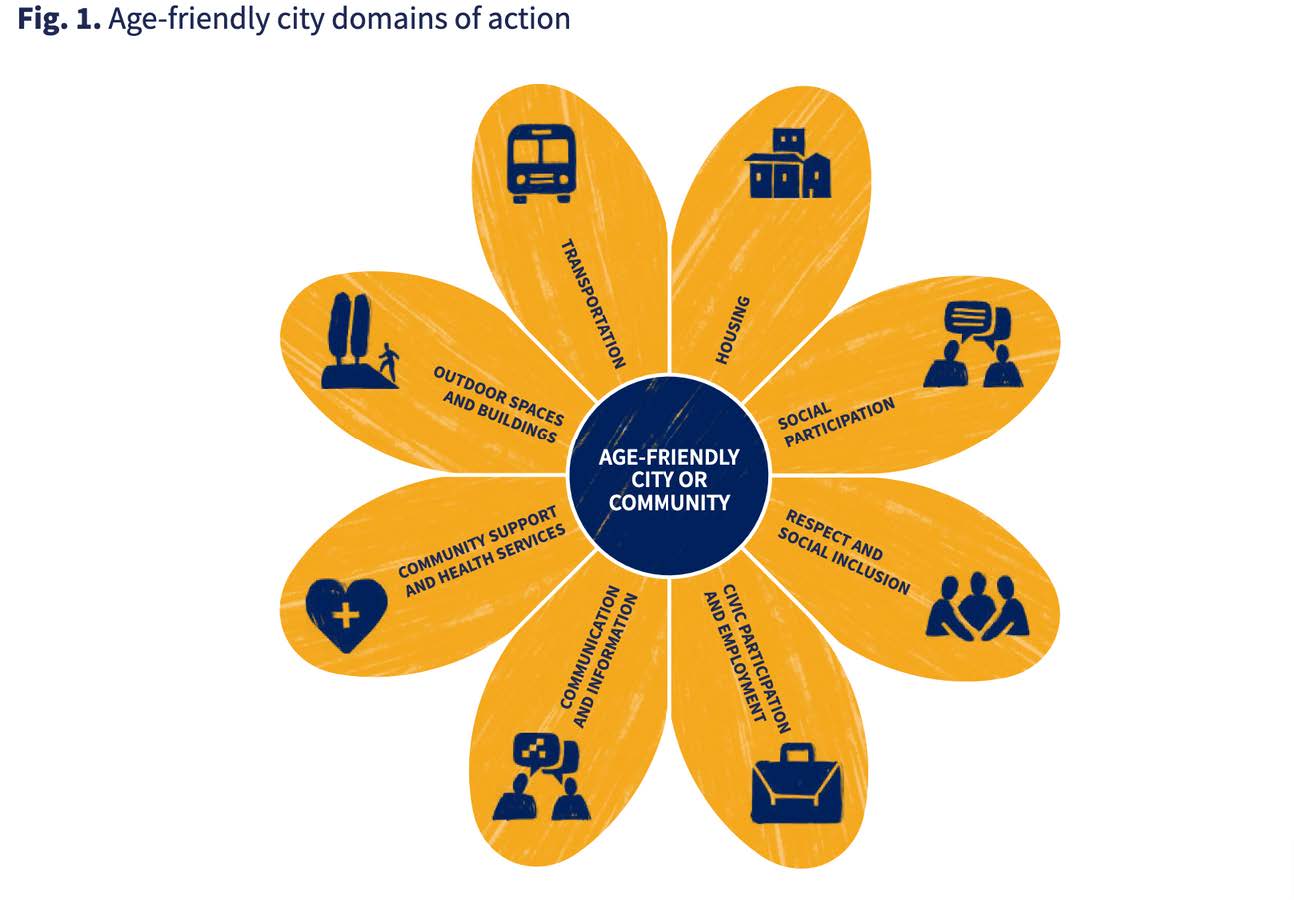 World Health Organisation
World Health Organisation